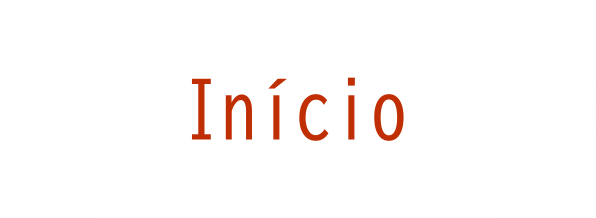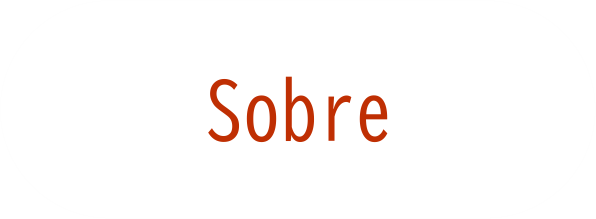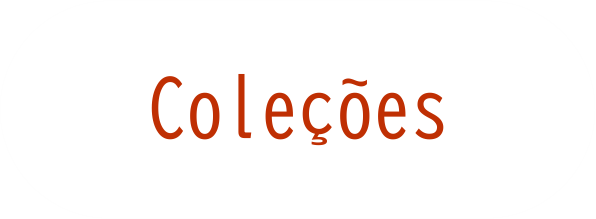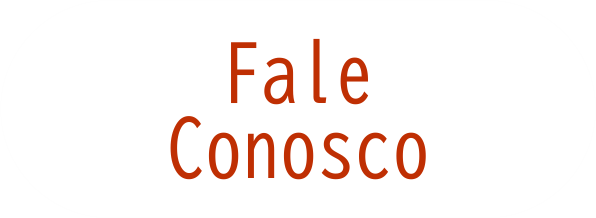Efficacy of sunlight-activatable porphyrin formulates on larvae of Anopheles gambiae M and S molecular forms and An. arabiensis: A potential novel biolarvicide for integrated malaria vector control
Autor(es): Fabris, Clara; Ouedraogo, Robert Kossivi; Coppellotti, Olimpia; Dabire, Roch K.; Diabate, Abdoulaye; Di Martino, Piera; Guidolin, Laura; Jori, Giulio; Lucantoni, Leonardo; Lupidi, Giulio; Martena, Valentina; Sawadogo, Simon P.; Soncin, Marina; Habluetzel, Annette
Resumo: Biolarvicides, such as microbial formulations based on Bacillus thuringiensis and B. sphaericus, have been found to be highly effective against mosquito larvae and are currently employed as eco-friendly alternatives to synthetic chemical insecticides for vector control. Recently, a porphyrin of natural origin has been suggested as a sunlight-activatable larvicide against the dengue vector Aedes aegypti. In order to validate the approach for the control of the malaria vector, we tested the photo-larvicidal activity of a novel porphyrin, namely meso-tri(N-methyl-pyridyl), mono(N-dodecyl-pyridyl)porphine, C12, associated with two specifically selected carriers, against Anopheles gambiae s.s. and An. arabiensis larvae, both laboratory reared and collected from malaria endemic sites in Burkina Faso. Both C12-porphyrin formulates, when administered to larvae at a 50 mu M porphyrin dose, were accumulated in the alimentary canal. Subsequent exposure of the porphyrin-loaded larvae to sunlight for short times (0.5-3 h) led to a complete mortality. The high efficacy exhibited by a "foodstuff" porphyrin formulate also in the presence of typical larval food particles opens promising perspectives for the development of an effective photocidal larvicide. (C) 2012 Elsevier B.V. All rights reserved.
Palavras-Chave: Anopheles gambiae; Anopheles arabiensis; Burkina Faso; Larvicide; Photosensitization; C12 porphyrin
Imprenta: Acta Tropica, v. 123, n. 3, p. 239-243, 2012
Identificador do Objeto Digital: 10.1016/j.actatropica.2012.05.011
Descritores: Aedes aegypti - Larvicide ; Aedes aegypti - Public health
Data de Publicação: 2012

